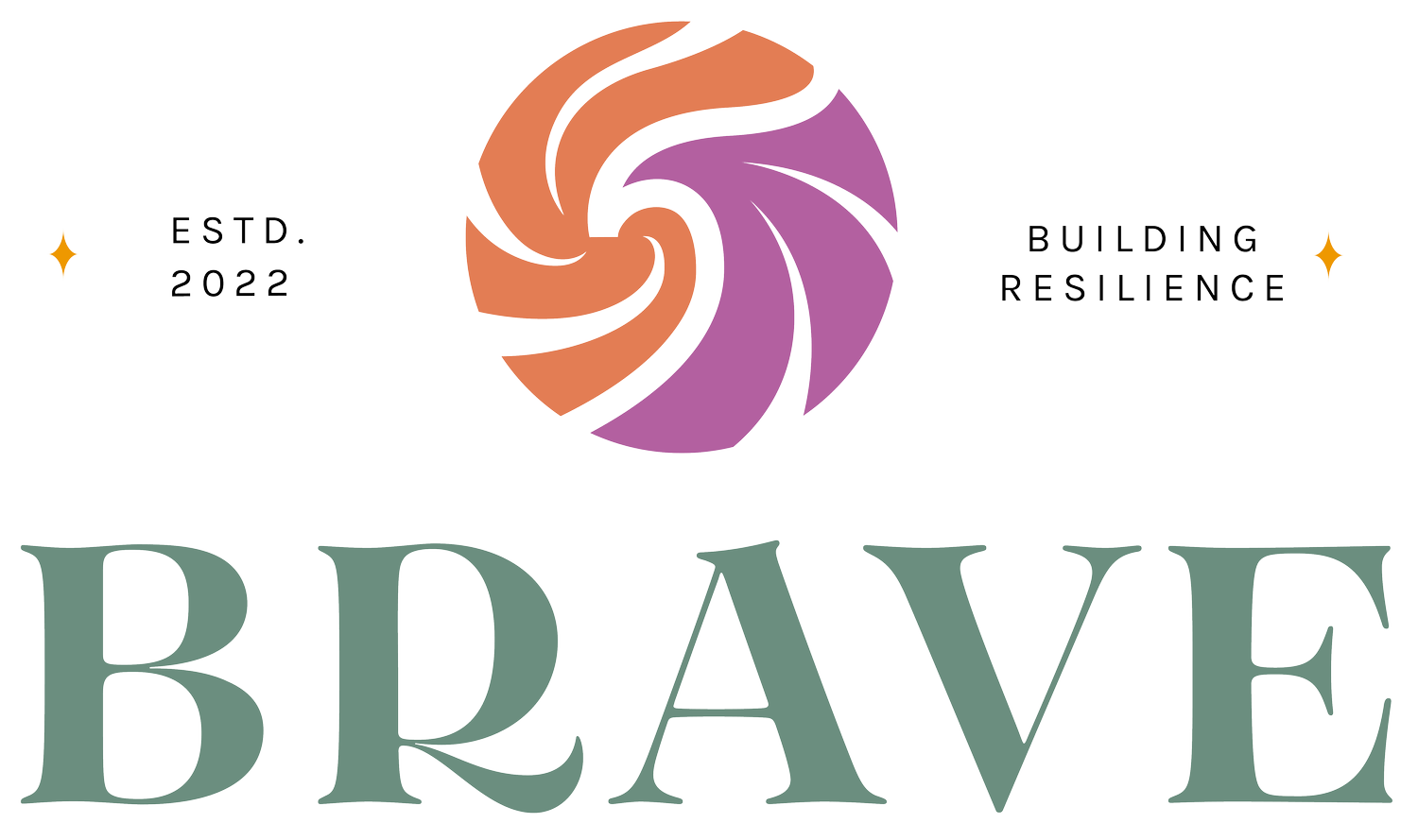From Blind Spots to Clarity: How Naming Vicarious Trauma Connects Us to our *Why*
Do You Avoid Naming Vicarious Trauma Too?!
It’s no surprise that I think all trauma therapists should name our vicarious trauma on the regular.
And, let’s get real - if you're anything like me, you're very happy to put on blinders to VT and burnout signs!
Yep, I'm 💯 guilty of giving into my vicarious trauma blind spots - even as a trauma therapist who runs a community devoted to overcoming VT!
But, I “should be” acting differently, right?
All those shoulds inevitably lead to an all too familiar shame spiral that starts with knowing I’m not doing what I'm "supposed to be" doing.
To get myself out, or even to prevent spiraling, I realized that I needed a better reason to check in with my VT on the regular.
Naming Vicarious Trauma is Easier when we Know Why We Do this Work
Naming vicarious trauma is more than preventing worse shit from happening.
It gives us shared language so we can connect with other trauma therapists
It normalizes this as part of our job
It prepares us to tame it - you can’t change something if you don’t know it’s there
When we avoid naming our vicarious trauma, we're not only putting on blinders to shut out the things causing it, but everything else too.
Those days we want to shut down the moment we’re done working, we’re not only disconnecting from the trauma we absorbed all day, but also isolating from people and experiences that could fill our cups back up.
Regularly assessing for vicarious trauma helps you move out of the stress response caused by VT and into a more present-focused, problem-solving mode. Once there, you can gain more clarity about why VT is getting worse and return to the narrative, "I know what to do."
Then, you actually can do the things you know help to wring out that metaphorical sponge full of VT, like truly enjoying a good movie or being present for an important event.
Easier Said than Done Jenny…
This all sounds great and all, but how often do we start a practice and then don't follow through to make it a routine? 🙋♀️
In order to regularly come back to naming VT, you have to know why YOU are checking in with YOURSELF.
To help answer this question, I'm gonna pull some ACT skills out of my hat because we gotta get in touch with our values. These are the lights that guide us through the darkness, but they can go out if we leave them at the wayside.
Connecting With Our Values
Before you to any further, go ahead and grab a pen and paper so you can sit with this exercise and allow it to come to life on the page.
First, I want you to think of a time when you were happiest professionally and then personally. Think of the people you were with, the activities you were doing, and the setting of this experience.
Next, think of a time when you felt especially proud, both professionally and personally. Again, reflect on who was there with you and what made you feel pride in these moments.
Finally, think of a time you felt fulfilled and satisfied, professionally and personally. Make sure to include all the descriptive details like before!
Now, sit back and take in the words you just wrote.
Start to underline powerful and energizing words, noticing patterns in the things that have made you feel the happiest, most proud, and most fulfilled.
Next Steps
Over the next week, I want you to pay attention to the ways these words and their inherent meanings become guideposts for your decisions and actions.
These are the "Whys" of your life, and they can also be your "Whys" for naming vicarious trauma!
As you become more connected with the reasons why you do the work you love as a trauma therapist, it will become easier to Name and track vicarious trauma on a regular basis.
“How do I track VT” you ask??
Start by grabbing my FREE Vicarious Trauma Tracker and bonus mini-course!
The tracker will walk you through how to identify the ways vicarious trauma shows up in your emotional, physical, relational, and occupational experiences so you can better understand how VT can sneak up in different ways.
Once you have named what VT looks like for you at this time in your life, the tracker gives you the tools to monitor VT over the course of a week so you can start to look for different patterns and get a better idea of what your brain 🧠 and body 🧍♀️ need to thrive in your work as a trauma therapist!
As always, don’t hesitate to reach out with questions or to let me know how your tracking goes!
